The ocean's depths are a realm of mystery and horror, home to some of the most bizarre and unsettling creatures on our planet. As we delve into the abyss, we uncover life forms that challenge our understanding of nature. In this article, we will explore a selection of the strangest and most terrifying deep-sea animals, their unique adaptations, and the depths at which they thrive.
The anglerfish is notorious for its bioluminescent lure, protruding from its forehead to attract unsuspecting prey. Found at depths ranging from 200 to 2,000 meters, this predator opens its enormous mouth to devour fish that come too close. Its grotesque appearance and remarkable hunting technique exemplify the chilling adaptations necessary for survival in the deep sea.
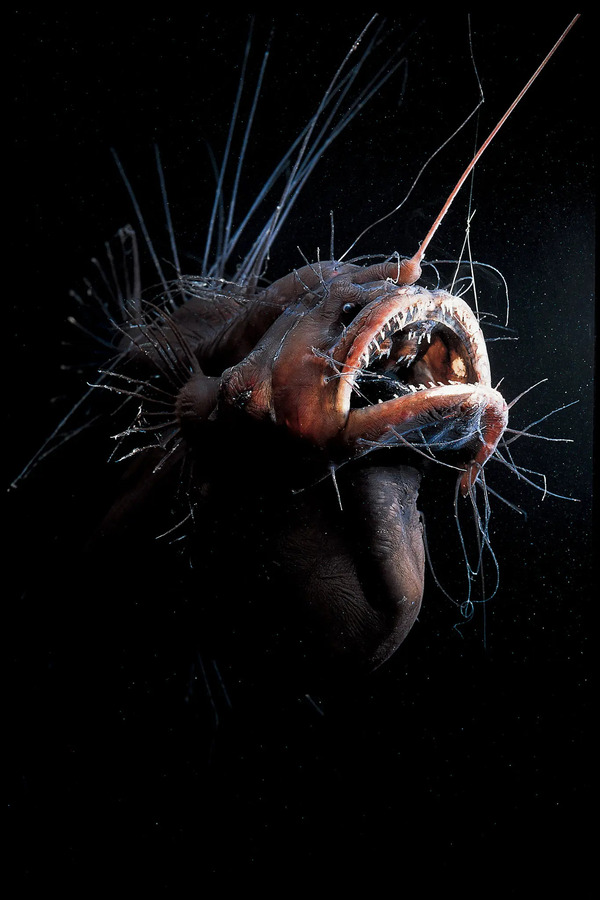
Known as the "living fossil," the goblin shark can be found at depths of 100 to 1,200 meters. With its elongated snout and retractable jaws, this rare species snaps forward to capture prey with remarkable speed. Its ghostly features evoke primal fear, making it one of the ocean's creepiest residents.

Contrary to its name, the vampire squid thrives in darkness at depths of 2,000 to 3,000 meters. With a dark body and webbed arms, it resembles something out of a horror film. This creature feeds on marine detritus and uses its bioluminescent capabilities to evade predators, showcasing its eerie adaptations for deep-sea life.
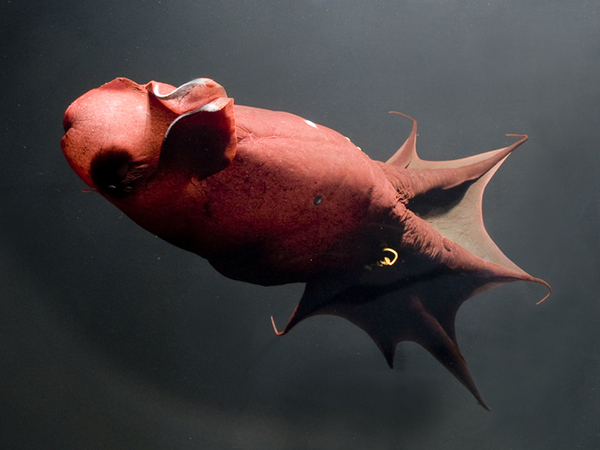
The box jellyfish, found in coastal waters and down to 1,500 meters, is one of the ocean's most venomous creatures. Its transparent, cube-shaped body can mesmerize, but its long, stinging tentacles deliver a potent and painful sting. This paradox of beauty and danger adds to its reputation as a true horror of the deep.
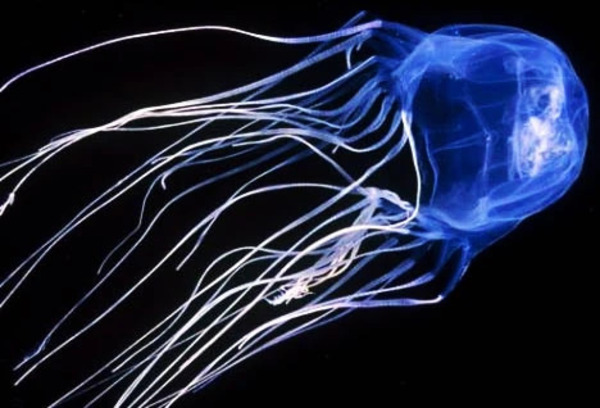
The gulper eel lurks at depths of 500 to 3,000 meters, known for its grotesque mouth capable of engulfing prey much larger than itself. Its snake-like body and massive jaws create a vacuum to draw in unsuspecting victims, making it one of the most fearsome predators of the deep.
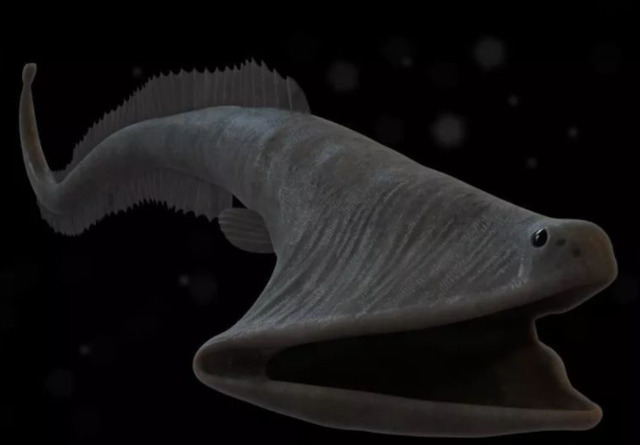
The deep-sea dragonfish resides at depths of 200 to 2,000 meters. With its fang-like teeth and bioluminescent abilities, it attracts prey in the darkness. Its predatory prowess and alien-like appearance contribute to the horror of deep-sea exploration.

The sea pig, found at depths of 1,500 to 3,000 meters, is an echinoderm that resembles a gelatinous blob. Moving slowly across the ocean floor, it feeds on organic debris. Its unusual appearance makes it one of the ocean's oddities, highlighting the strange adaptations for life in the depths.
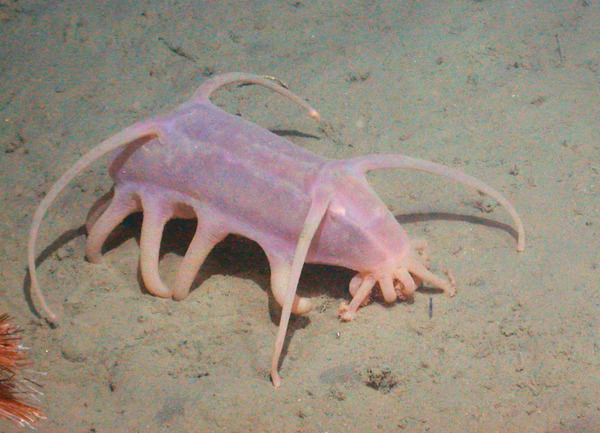
The blobfish, found at depths of 600 to 1,200 meters, is infamous for its unappealing look. This gelatinous fish appears almost featureless outside its high-pressure habitat, earning the title of "world's ugliest animal." Its bizarre form is a perfect adaptation to the deep sea.

Lanternfish inhabit depths of 200 to 1,000 meters and are known for their bioluminescence. These small fish use their glowing bodies to evade predators and attract mates, playing a vital role in the deep-sea food web.
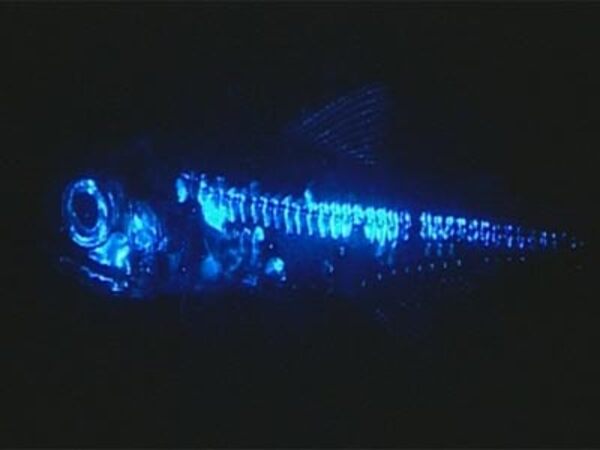
The oarfish, often seen at depths of 200 to 1,000 meters, can grow up to 11 meters long. Its ribbon-like body and dorsal fin evoke images of sea serpents, adding to its mystique. Rarely seen by humans, it remains one of the ocean's enigmatic inhabitants.
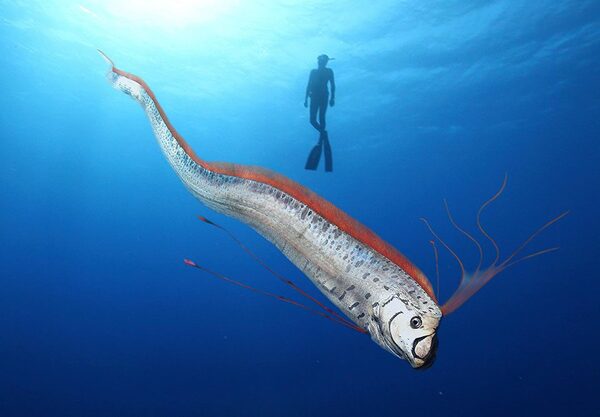
Chimaeras, or ghost sharks, dwell at depths of 200 to 2,600 meters. With their flattened bodies and glowing eyes, they are reminiscent of ancient marine life. Their unique adaptations, including venomous spines, make them a remarkable yet eerie presence in the deep.
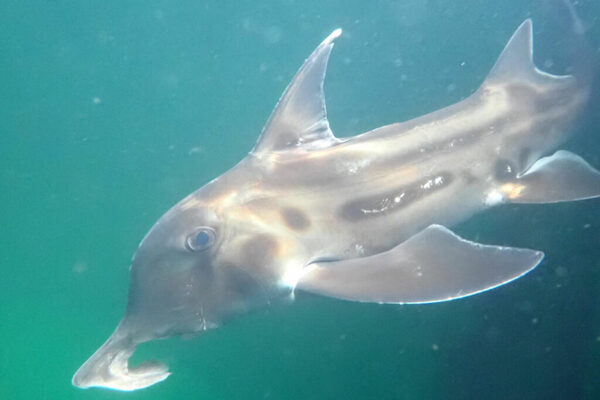
The dumbo octopus, found at depths of 200 to 1,500 meters, features ear-like fins that allow it to glide through the water. While it may seem cute, it is a master of camouflage, feeding on small crustaceans in the deep. Its gentle demeanor contrasts sharply with the more fearsome creatures that share its habitat.
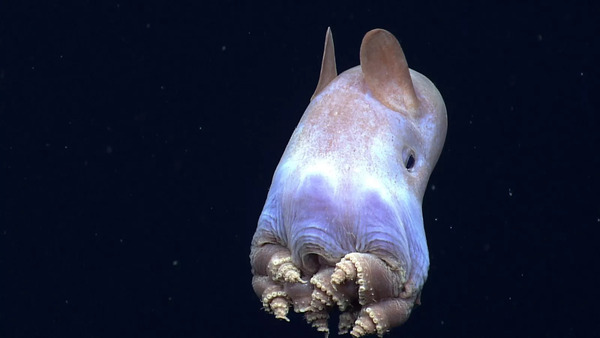
The deep sea is a world of strange and terrifying creatures that challenge our perceptions of life. From the glowing anglerfish to the grotesque blobfish, these animals exemplify the incredible diversity and adaptability of life in extreme environments. As we continue to explore the depths, we unveil new mysteries that remind us of the ocean's beauty and horror. Embracing this terror invites us to appreciate the vast, uncharted territories still waiting to be discovered.
animal tags: deep-sea
We created this article in conjunction with AI technology, then made sure it was fact-checked and edited by a Animals Top editor.